Crumbling walls
With their past hardly accounted for in history, the future of the once-hidden traditional Binukot women remains challenged in the face of resistance and progressivism in the Philippines
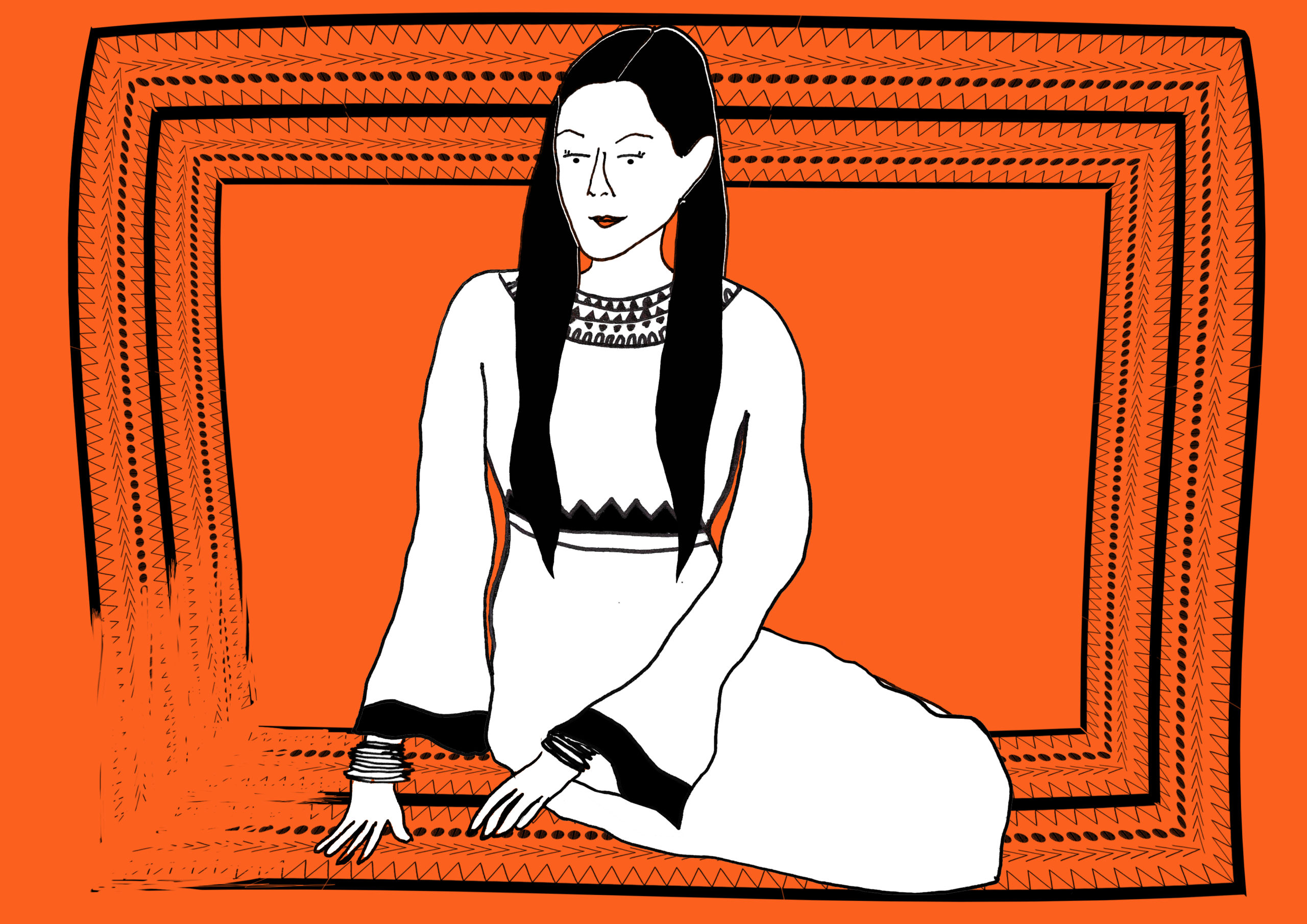
For the first two decades of her life, Teresita ‘Tarsing’ Caballero Castor was shrouded in her family’s home, hidden from the world and the light of the sun.
As the only daughter among eight children, from childhood onwards Castor never stepped foot outside. She was raised in a separate room that only her family and maids were allowed to enter, raised just like her mother and grandmother were before her.
“You are like a bird, caged inside,” she said.
Castor’s childhood mirrored that of generations of women from the Panay Bukidnon tribe, whose members live in the mountains of Calinog in the Western Visayas region of the Philippines. Select young women chosen by their families were isolated from society, kept away from the eyes of men with the hopes this seclusion would increase their marital value and family prestige. These women were known as the Binukot.
At the age of 14, Castor was married to a man, six years her senior, who bought her in exchange for two pigs and a sack of rice. Although her suitor served their family for three years before earning her parents’ approval for marriage, it took Castor another year to be able to sleep beside him.
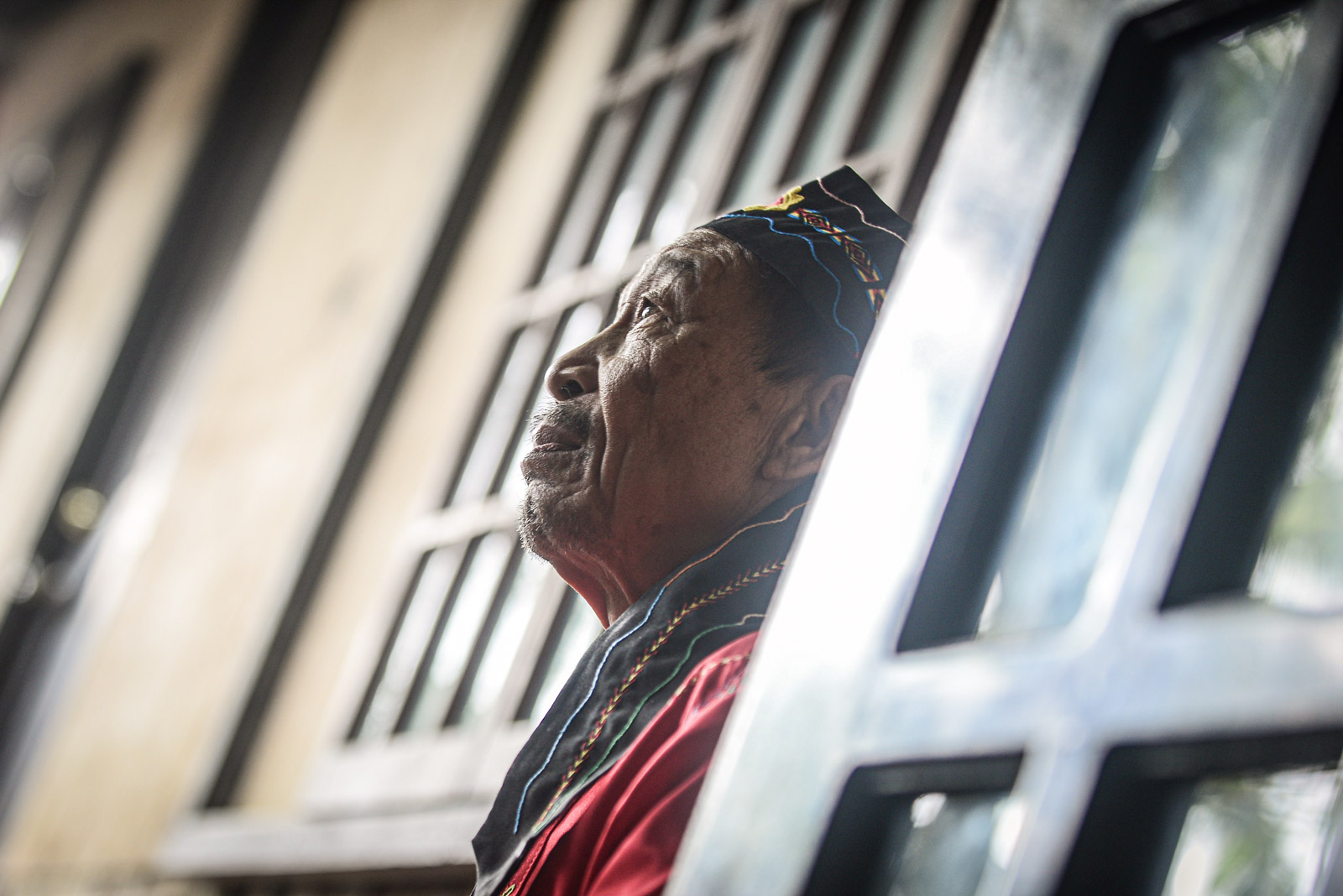
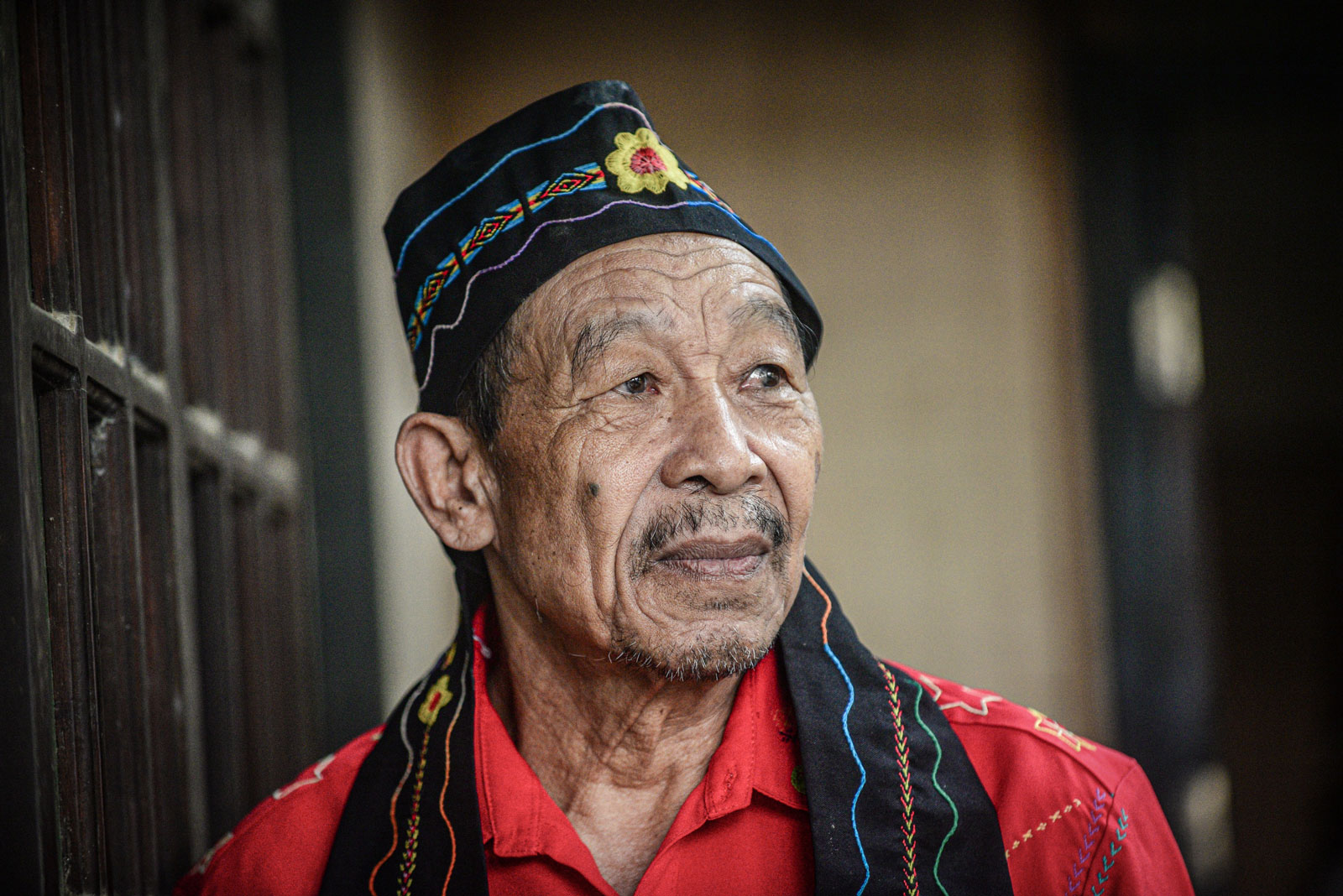
We can’t make a boy a Binukot because, when we say ‘Binukot’, they don’t work, and it is natural for women not to work
Romulo “Amang Baoy” Caballero Senior
“Whether you fall in love or not, you have to force yourself into the marriage,” she said, adding that she’d dreamt of doing things like dancing in a disco. “I really did not want to get married back then. I wanted to study.”
But instead of being in school as a youth, she was taught how to do needle work. Occasionally, her older brothers would enter her room and teach her how to read and write.
Though the Binukot tradition was prized by many, some of Castor’s neighbours referred to her as a “waste” for not being able to attend school. She remembers her father would respond: “Why bother sending her to school? She’ll get married anyway and have her own life.”
Now an older woman, Castor’s recollection of her childhood is as complex as the Binukot’s legacy in Filipino society, which is morphing and shifting in the present day thanks to the country’s youth.
“Binukot”, a term still widely known in the highlands of the Panay region, means hidden, secluded, confined. According to professor Maria Bernadette Abrera of the University of the Philippines, the practice exists in places that are themselves secluded, namely remote and mountainous villages far from urbanised centres.
There are barely any accounts of the Binukot written in the past other than in select epics of the Panay Bukidnon tribe, a custom of oral storytelling from which the mysterious tradition is said to be derived. According to Abrera, the practices of high-born women as described in the epics are very similar.
“The first people who knew about the epics, they found ways to have their own Binukot so that there’s an actual representation of those epic characters,” said Romulo “Amang Baoy” Caballero Senior, cultural master and the first teacher in the School of Living Traditions in the Panay islands.
As the tradition goes, girls were hidden from the public until a suitor bought them out and they were married. These girls were not exposed to the sun, not allowed to work and often bathed in the river at night, all to fit the description of the desirable women of the epics: Beautiful, talented, fair-skinned and long-haired.
Amang Baoy belongs to a family line of epic chanters and to a family lineage of Binukot, and he is also one of Castor’s seven brothers.
“The lives of the characters – even the men – in the epics are very simple, they don’t work hard,” Amang Baoy said. “But we can’t make a boy a Binukot because, when we say ‘Binukot’, they don’t work and it is natural for women not to work. If you call a guy a ‘Binukot’, it means he is lazy. It’s an insult to men.”
Alicia Magos, a Filipino anthropologist who studied the epics sung by the Panay Bukidnon tribe, says the Binukot women were hugely precious to their families.
“For women, to be kept as a Binukot since childhood is a privilege … because of the love and the privilege of being trained as society’s cultural transmitter,” Magos said.
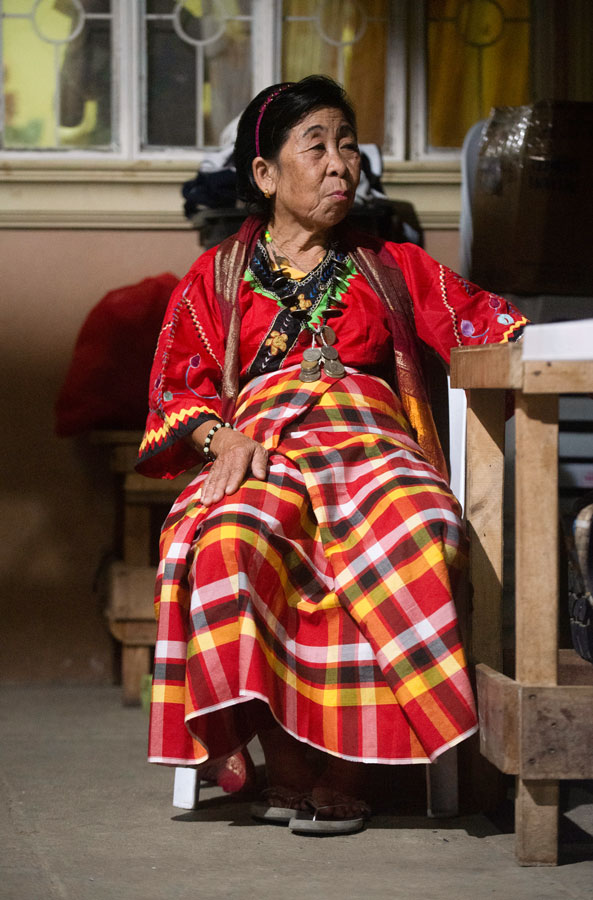
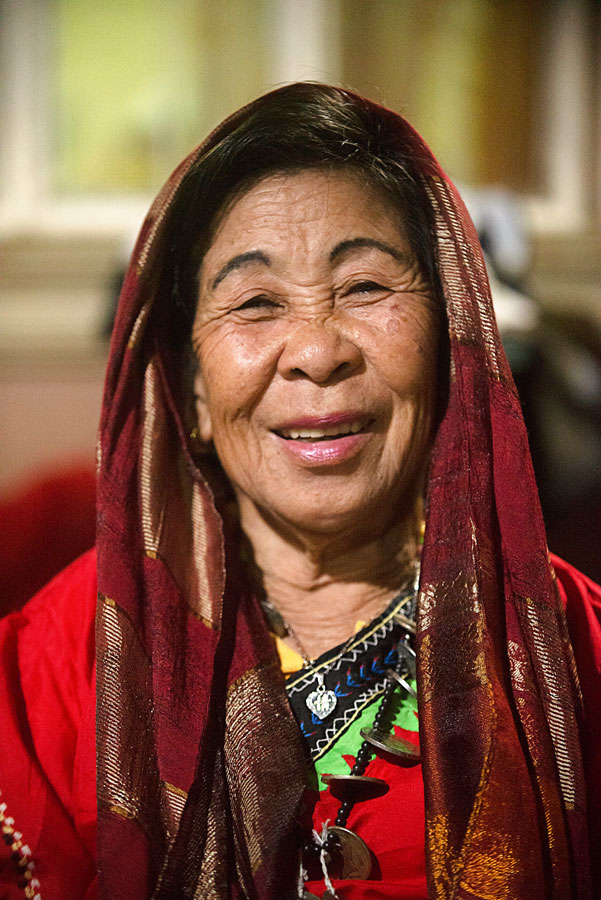
Whether you fall in love or not, you have to force yourself into the marriage. I really did not want to get married back then. I wanted to study
Teresita ‘Tarsing’ Caballero Castor
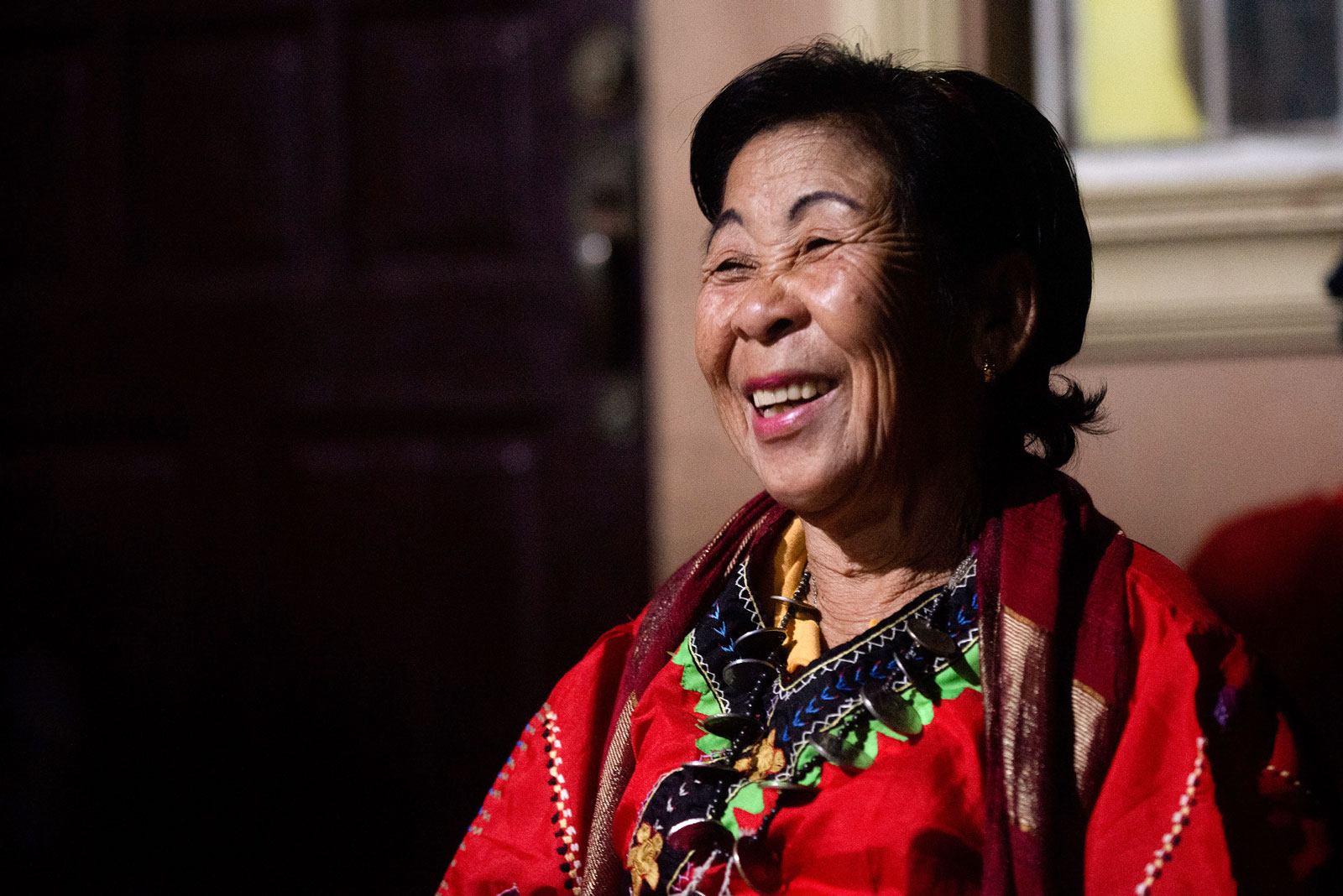
But that cultural transmission has been insular, to some extent, and the confinement of these chosen few has also led to their narratives being largely silenced from history and from the world.
But the passing down of the tradition has been insular, to some extent, and the confinement of these chosen few has also led to their narratives being largely silenced from history and from the world.
Magos’ explanation of the cultural significance and Castor’s memories of her experience underline the ways that Binukot intention and reality diverge. In the end, it’s the personal narrative of repression that has led young Filipinos to resist such traditional practices.
Cyhrence Caballero Santiago is Castor’s grand-niece and, though the two women are only 44 years removed in age, they may as well have grown up in different worlds.
“Our parents can no longer afford to raise a Binukot in the family,” the 26-year-old explained. “So my father decided not to continue the tradition to any of his daughters. We just earn enough for one day, and of course when you have a Binukot at home, you have to treat her like a princess.”
The anthropologist Magos said that kind of treatment was prohibitively expensive even in older times when the Binukot tradition was more widespread.
“Very few families could keep a Binukot because, in a farming society, everybody has to work or do his share of the farm work,” Magos said. “It is a source of pride for the family to have a Binukot, because it speaks of one’s family standing. Also, to have a sheltered child means they have a family member who is admired for her beauty.”
While that kind of pampering could seem romantic in a society marked with poverty, Santiago doesn’t feel she was deprived by not being a Binukot. Instead of the princess treatment, she had the freedom to strike her own path in life.
Santiago grew up hearing stories from her late grandmother, Lola Rosita, who was a Binukot. Unlike other Binukot who had to give up the lifestyle after marriage to help their husbands feed the family, Lola Rosita remained a hidden woman until circumstances forced her family into financial hardship.
Now, women in the community who might in the past have become Binukots are today living a very different reality out in the open world. For many, that includes formal education, the path Castor so longed for in her youth.
The younger Santiago witnessed first-hand the helplessness of her grandmother, one of the “veiled princesses” of a past world, and knows for certain she would not have chosen the secluded upbringing of Lola Rosita.
“I felt sorry for my grandmother, who didn’t know how to read nor write,” Santiago said. “She was just very quiet and didn’t know how to converse. I didn’t want that. So I knew I had to go to school and give my parents a better life.”
With that motivation, Santiago went out and studied hospital and restaurant management, later using her degree to get a job with the Philippines’ National Irrigation Administration. Eventually, she quit of her own volition to take care of her growing family.
Decades before Santiago was comparing her own life with those shaped by Binukot culture, a young Castor was being forced from the cocoon of naïveté created by that very tradition.
Her husband had died just ten years after their marriage. By then a young adult left to fend for herself and eight children, Castor knew she couldn’t remain a Binukot. She also knew she couldn’t stay and work in the mountains, as she was never taught to do field work.
Castor left the only life she’d ever known for the closest city to her, the bustling Iloilo, which sits on the southeast coast of Panay island.
There, she sold vegetables in a wet market, just a few hours away from an entirely different life. She had moved her whole world and entered a new one for which her experiences were of little help. Having no one to lean on, Castor understood a bittersweet lesson of life: In struggle, there is freedom.
As she worked for decades in the market to send all her children to school, her mindset shifted even farther from that of her parents. Castor admits there’s still a part of her that blames them for not sending her to school and, with this in mind, says she never wanted to be blamed in this way by her own children.
“It’s difficult to live in this society if you are uneducated,” she said. “Even though your parents can afford to keep you in their sight, if you’re uneducated, you’d eventually go back to poverty.”
Castor escaped that fate and today lives comfortably with her children in the city. No longer a caged bird, she prides herself on her performance of binanog, a cultural dance which imitates the freedom of hawks in soaring flight.
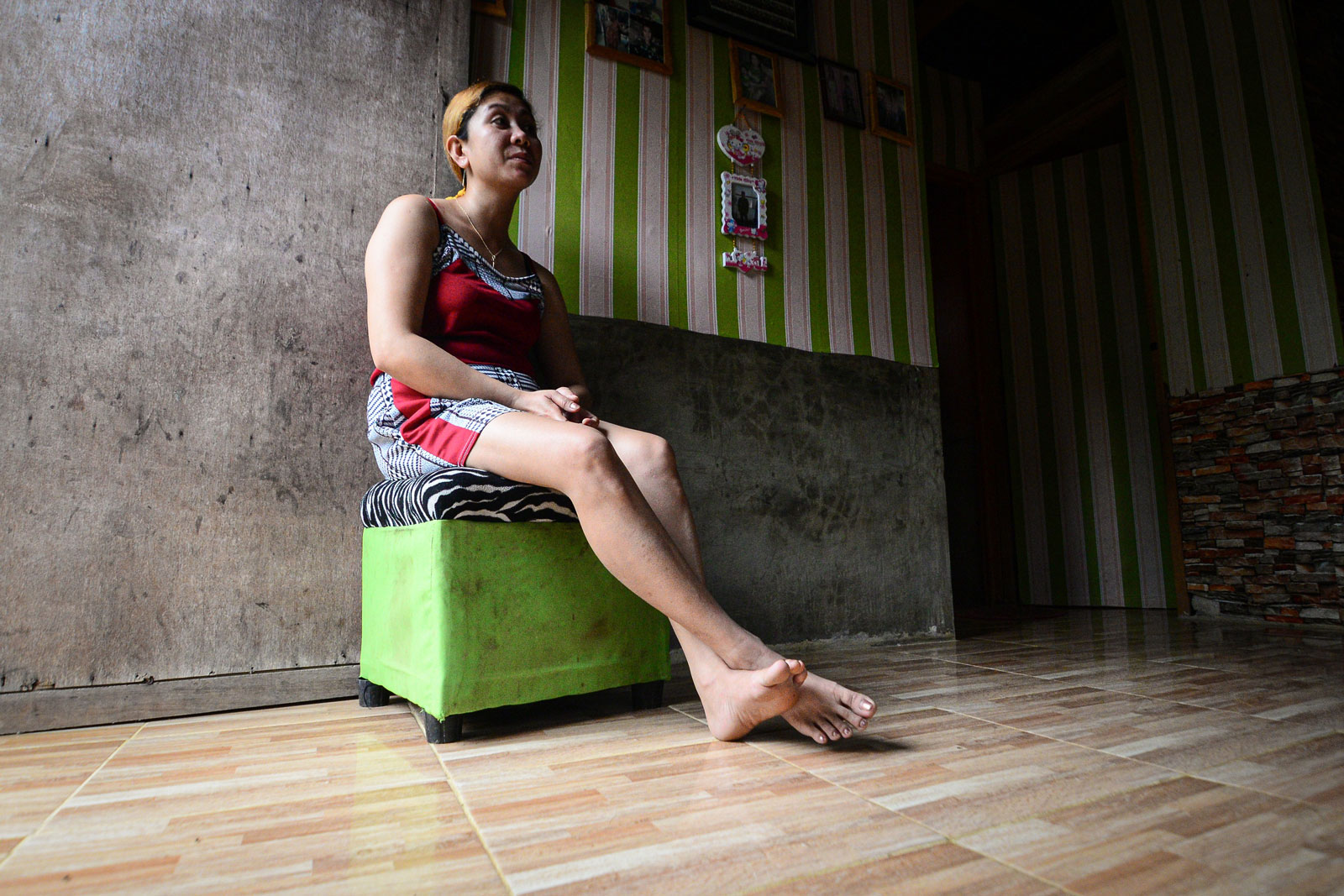
I didn’t want that. So I knew I had to go to school and give my parents a better life
Cyhrence Caballero Santiago
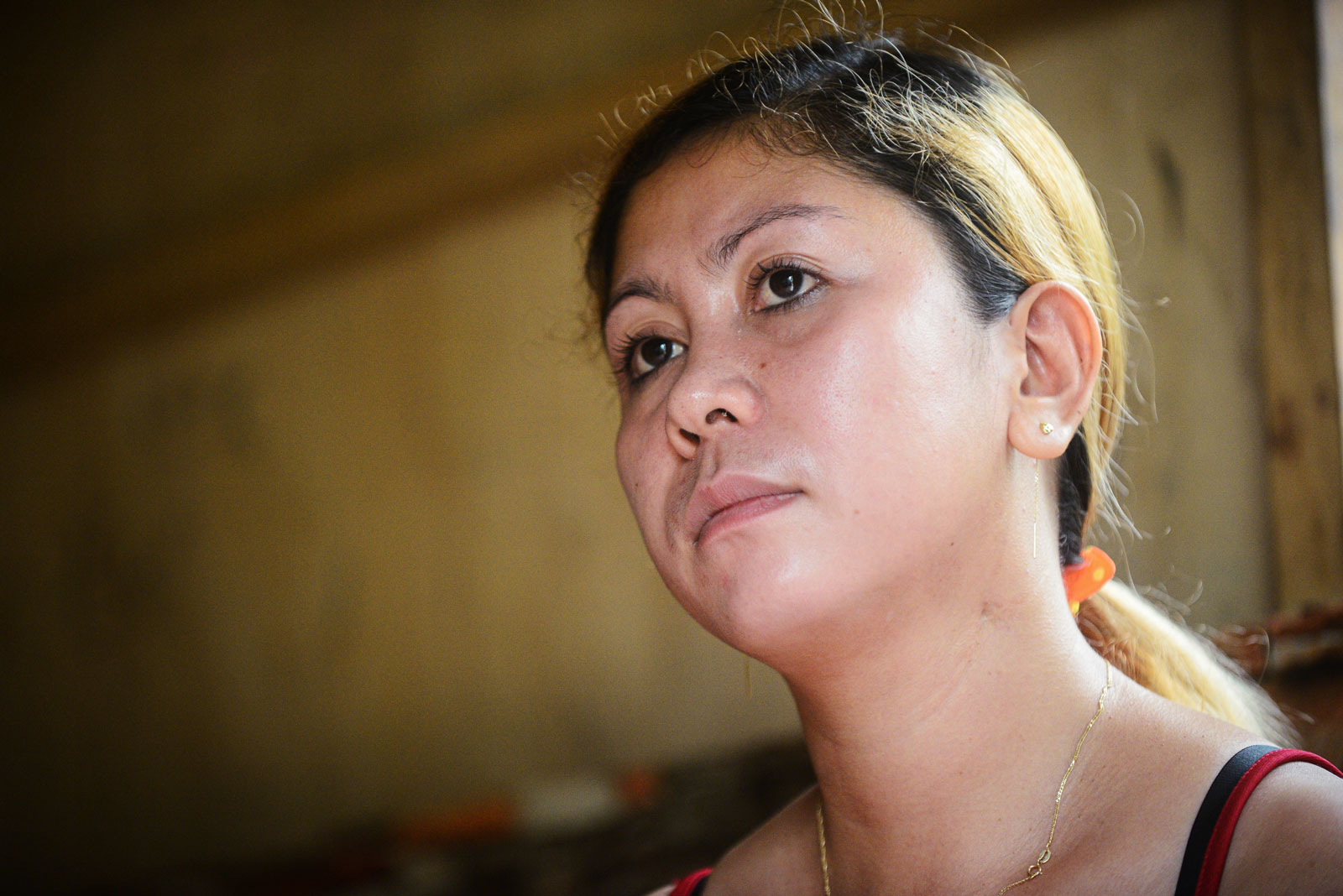
Even still, part of her yearns to return to the mountains where she grew up, to the place she still calls home.
What seemed so inaccessible during her time is now open to the world. The road to Garangan, the village where Binukot women were hidden inside nipa huts, traditional Filipino houses made of bamboo and palm leaves, is now paved with cement. No matter how far she flew away from these mountains, Castor said she still belongs to her tribe and the curious sisterhood of the hidden girls.
As the last of the former Binukot women of the Panay Bukidnon, she says, whatever happens, it’s better if they’re all together.
The great-niece Santiago now lives in the mountain town of Calinog with her family, just down the road from the Garangan area.
Nowadays, she says life is good and simple in the highlands where she grew up. Though access has advanced so much from the days of the Binukot, it’s still lagging behind modern expectations – Santiago’s biggest concern is improving access to healthcare in case of emergencies, since it’s tricky to climb up and down the mountain on the back of a motorcycle.
But even so, these younger generations of women can walk on better roads, go to school, choose the man they’re going to marry and even earn their own living in a world that looks very different from that of their grandmothers’ generation. With this autonomy has come the slow fade of a longstanding tradition.
Amang Baoy, Castor’s brother and a cultural master, said it is “impossible” to set a daughter as a Binukot today. Unlike before, he says, children will not obey their elders without question and often act with fierce independence.
“Technology really started the fading of this tradition,” he said. “Now, children are less disciplined. Now, they can think for themselves through the information they get from technology.”
He also attributes the change to an important cultural shift that moved governance out of the hands of elders and into the modern legal system.
The anthropologist Magos names the growing value of formal education and the high economic cost of the Binukot tradition as other top reasons why younger girls have shed the tradition and embraced a freer life.
“The changes in these traditions also change the way we look at women and the role they play in the community. It goes with the change of time and the demands of society – so people adapt,” the retired professor explained.
“Life is hard if you’re veiled and hidden,” Castor said. After decades spent pushing back against the expectations put upon her, she has found a new life, filled with independence while still holding her community close.
This article has been researched and written as part of our Recognising Resilience campaign. Read more stories here.

